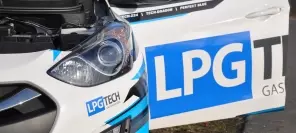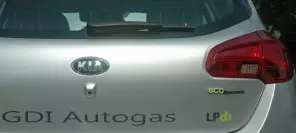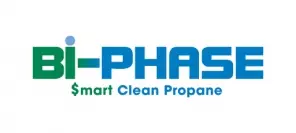- Main page
- Search
- Up to date
- Products
- Technology
- Vehicles
- Video
- Conversion Payback Simulator
Port Injection - Conversion Payback Simulator
Direct Injection - Conversion Payback Simulator
Diesel - Newsletter
Hyundai i40 CW LPG - direct incentive
- Home page
- Up to date
- Reportages, interviews, road tests
- Road tests
- Hyundai i40 CW LPG - direct incentive
« Powrót
 loading results...
loading results...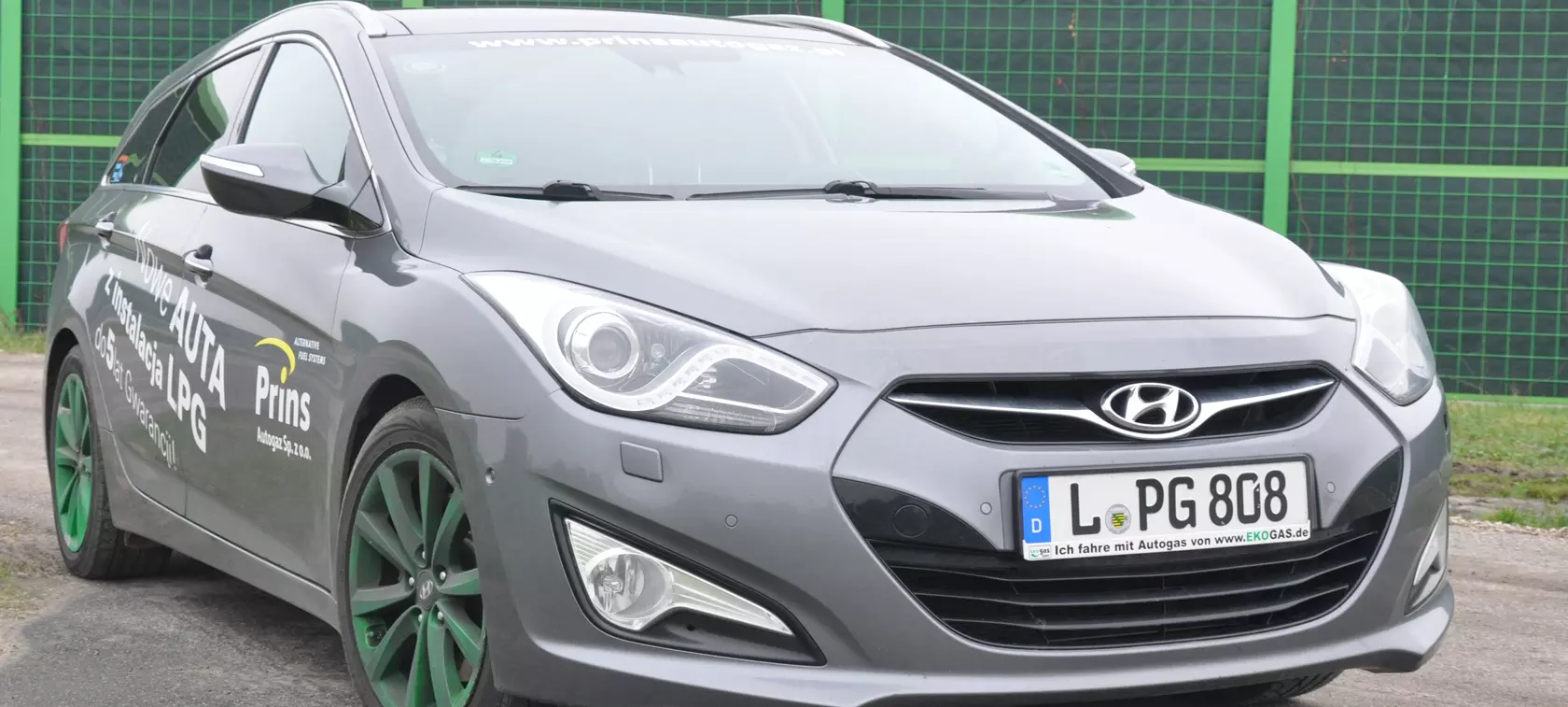 © gazeo.com
© gazeo.com 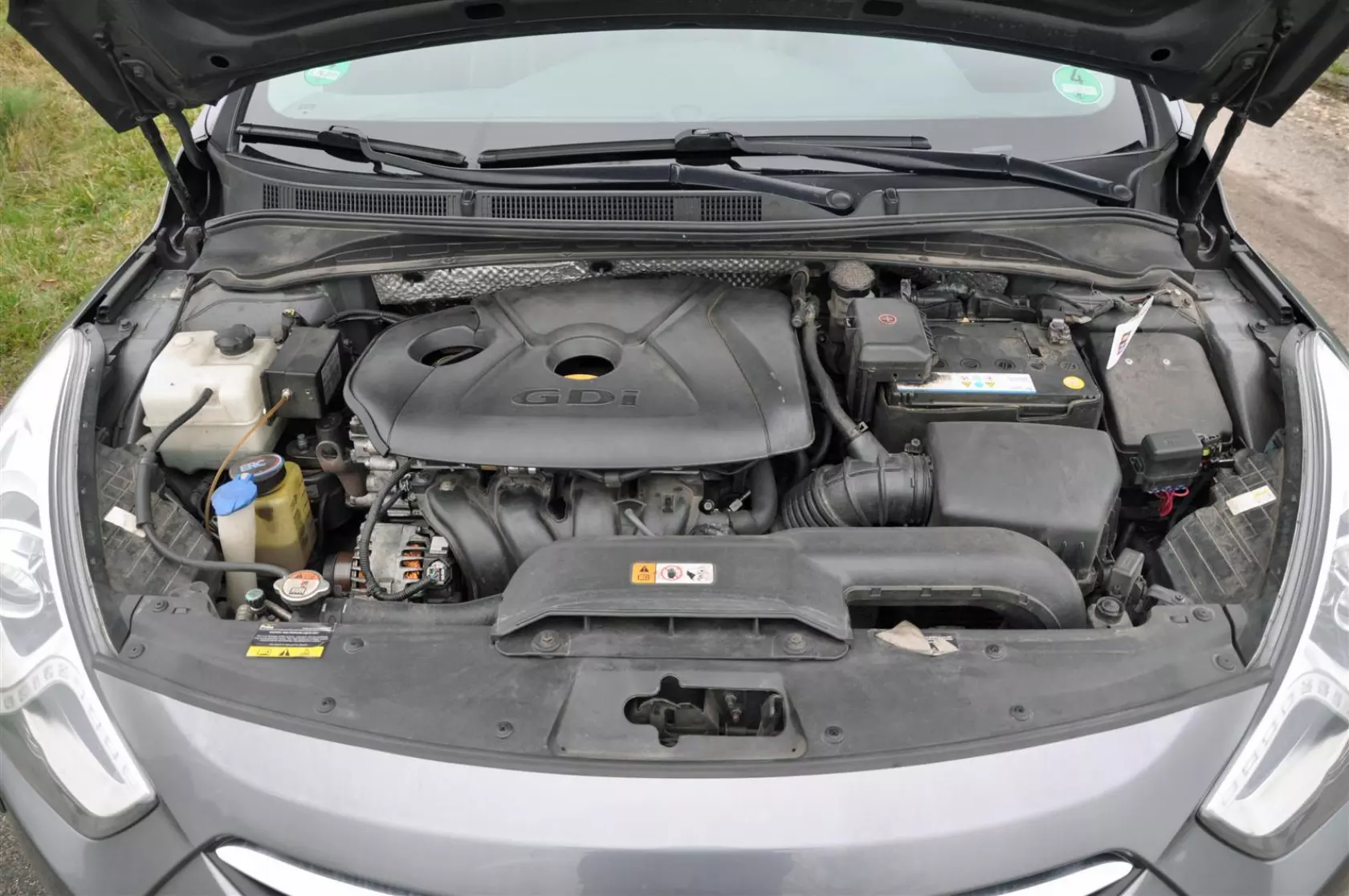 Without removing the plastic cover it's not easy to determine whether the car has an LPG system or not
Without removing the plastic cover it's not easy to determine whether the car has an LPG system or not 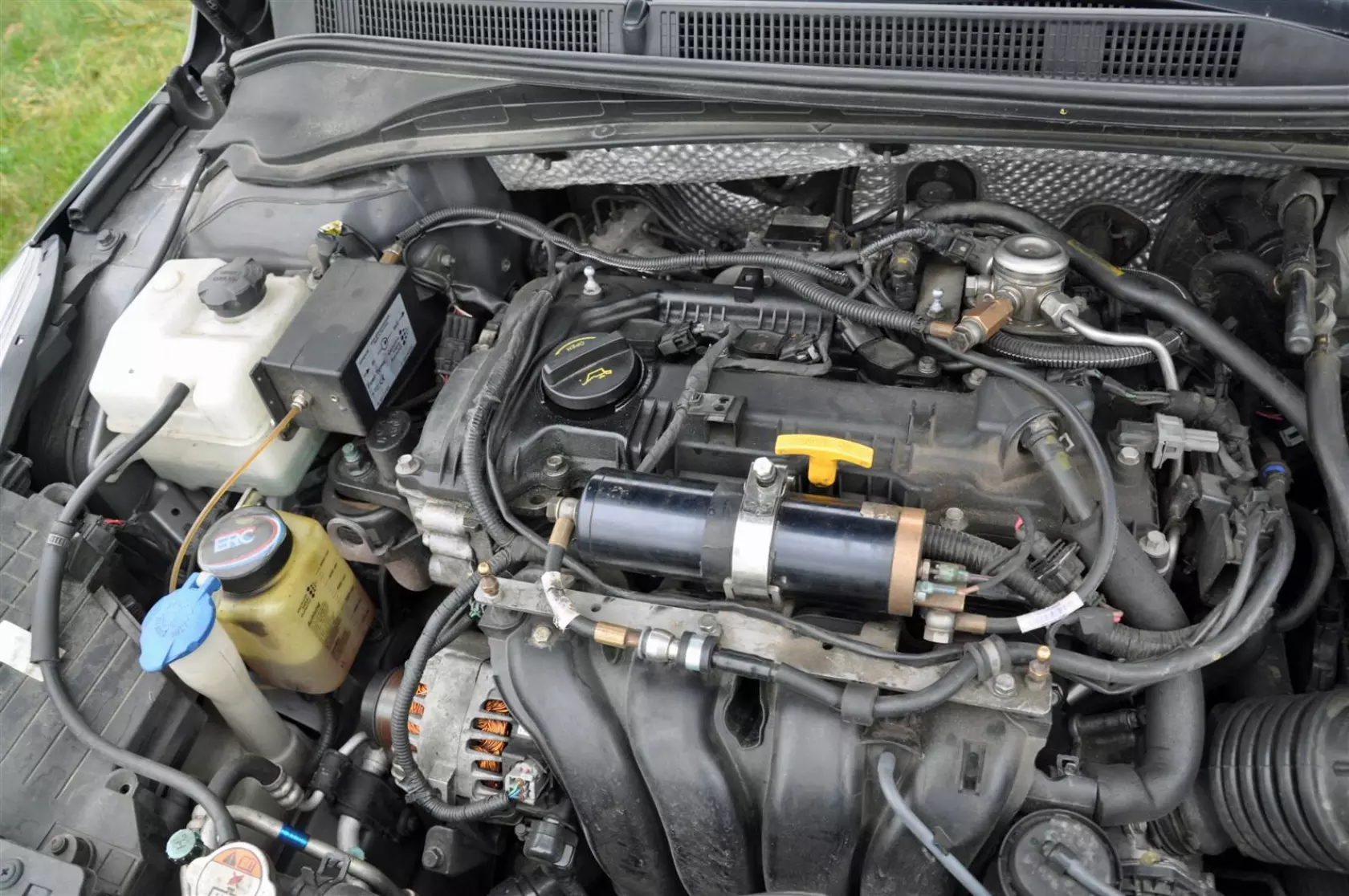 Removing the cover reveals the components, but don't waste time looking for a reducer or an injector rail - they're not there
Removing the cover reveals the components, but don't waste time looking for a reducer or an injector rail - they're not there 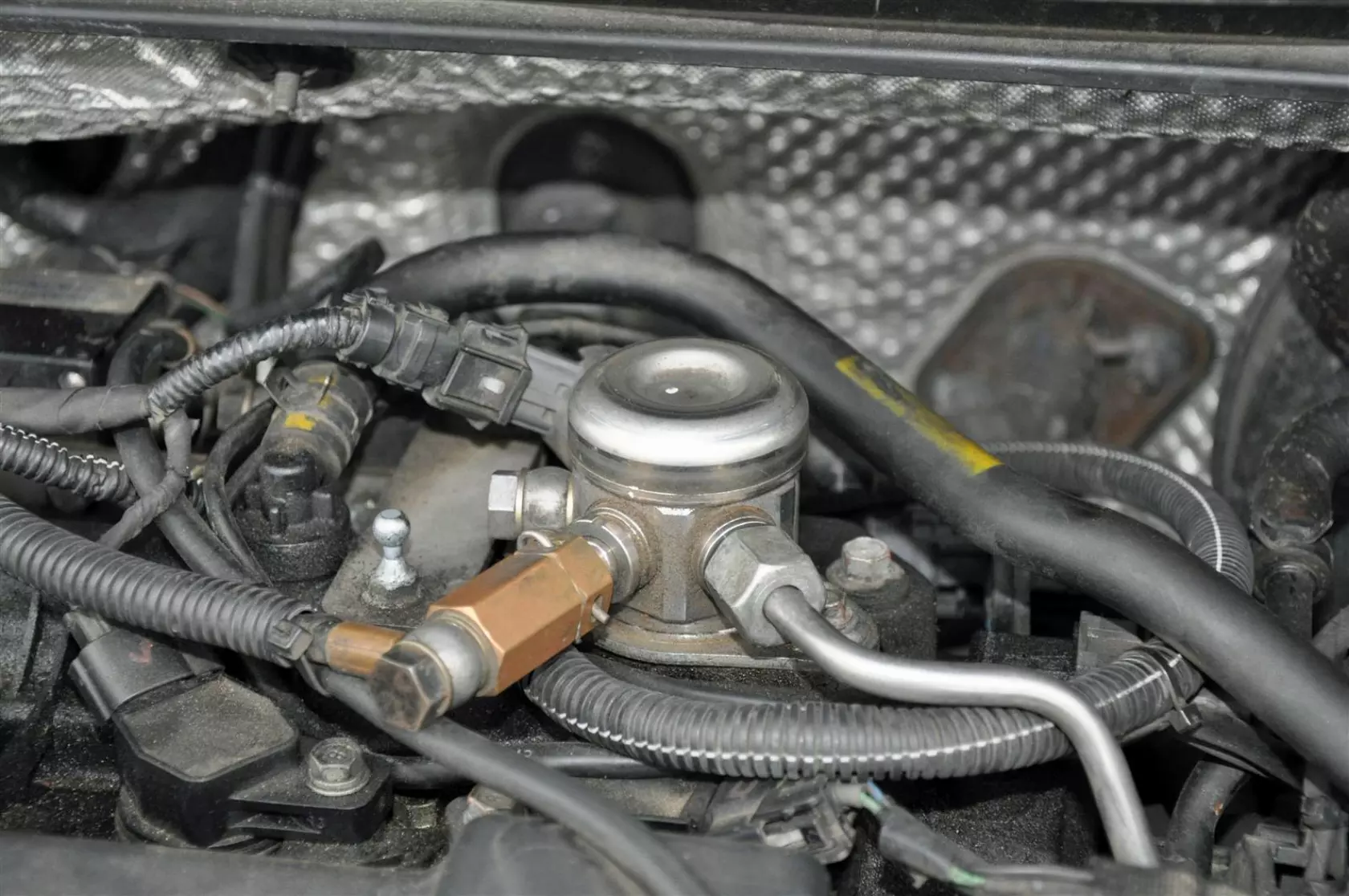 The engine's original high pressure fuel pump is an LPG component now
The engine's original high pressure fuel pump is an LPG component now 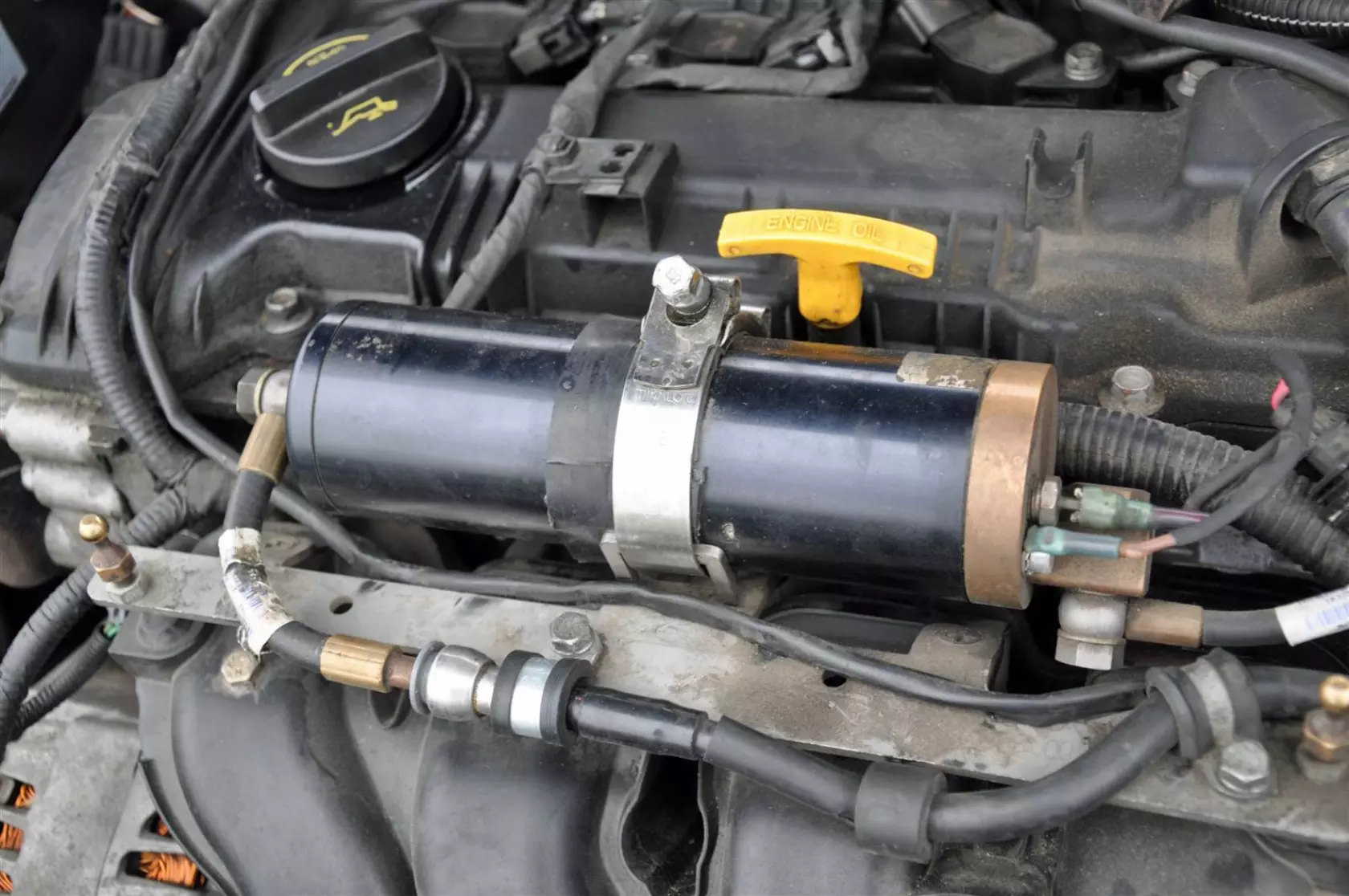 The petrol boost pump is the major added component in the engine bay, but in fact it has nothing to do with LPG - it boosts petrol pressure to enable switching back to it when LPG runs out
The petrol boost pump is the major added component in the engine bay, but in fact it has nothing to do with LPG - it boosts petrol pressure to enable switching back to it when LPG runs out  Like all valve saver kits, the one here has a fluid reservoir...
Like all valve saver kits, the one here has a fluid reservoir... 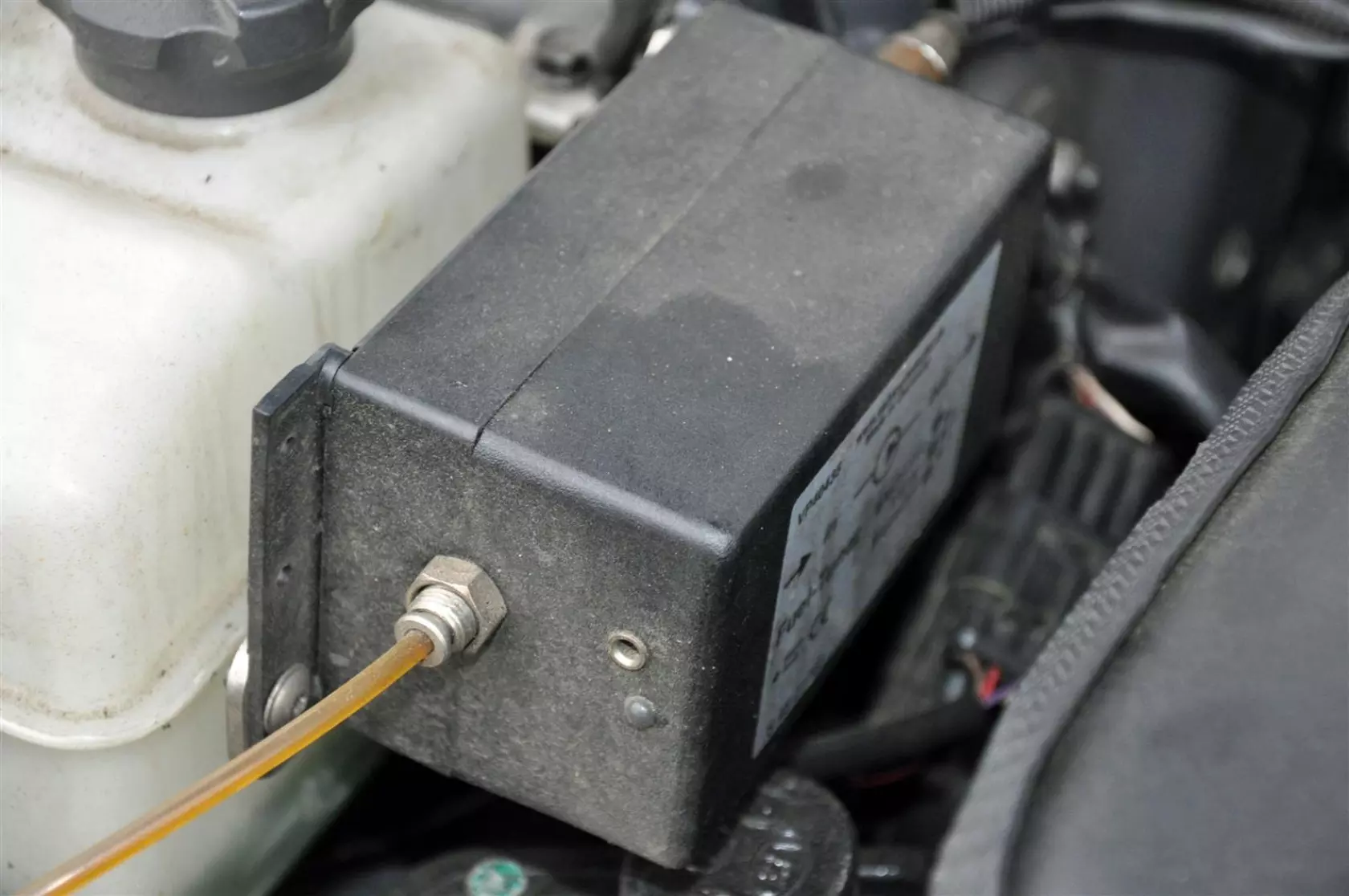 ... but unlike most, it also has its own ECU
... but unlike most, it also has its own ECU 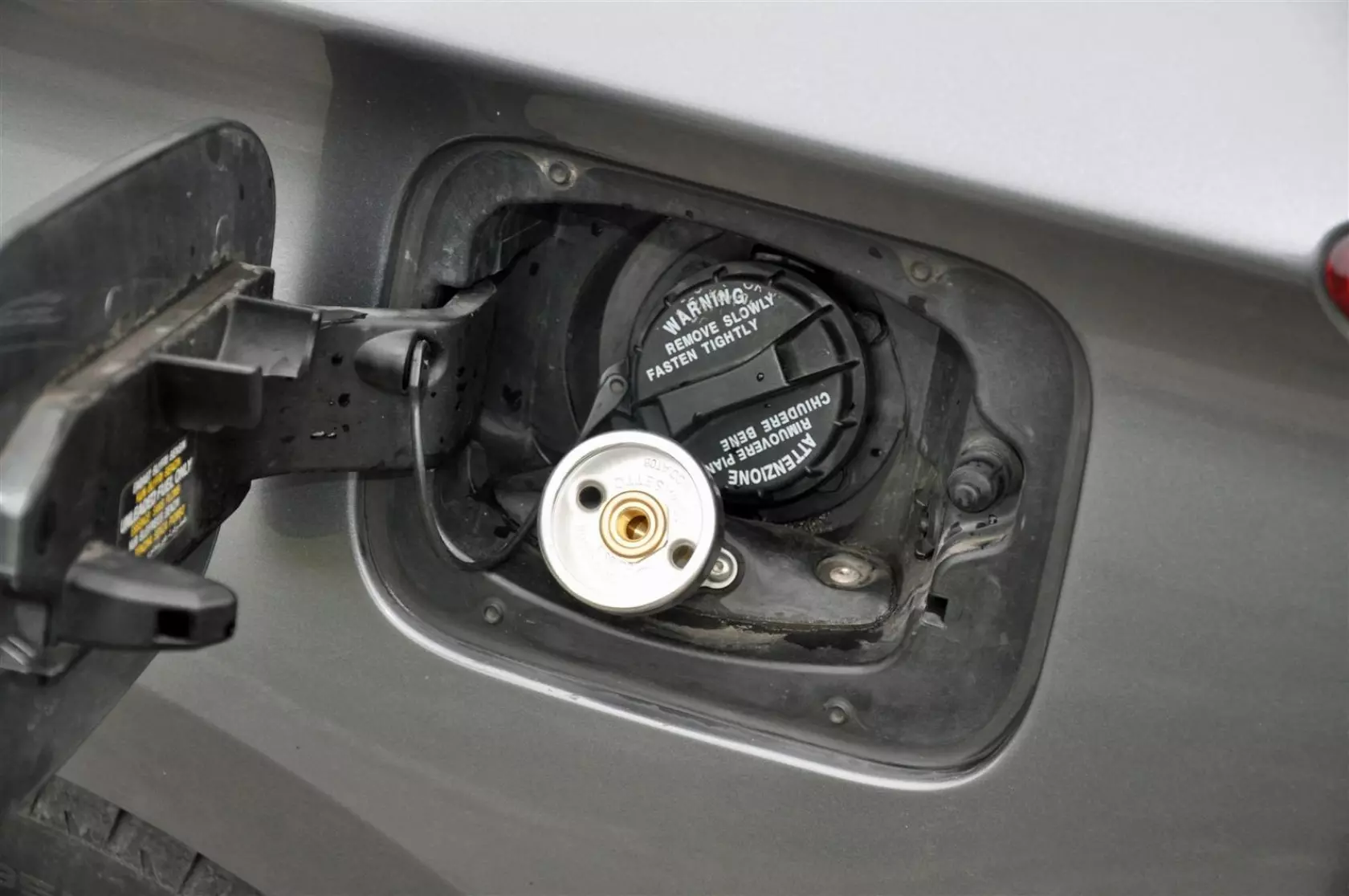 No surprises here...
No surprises here... 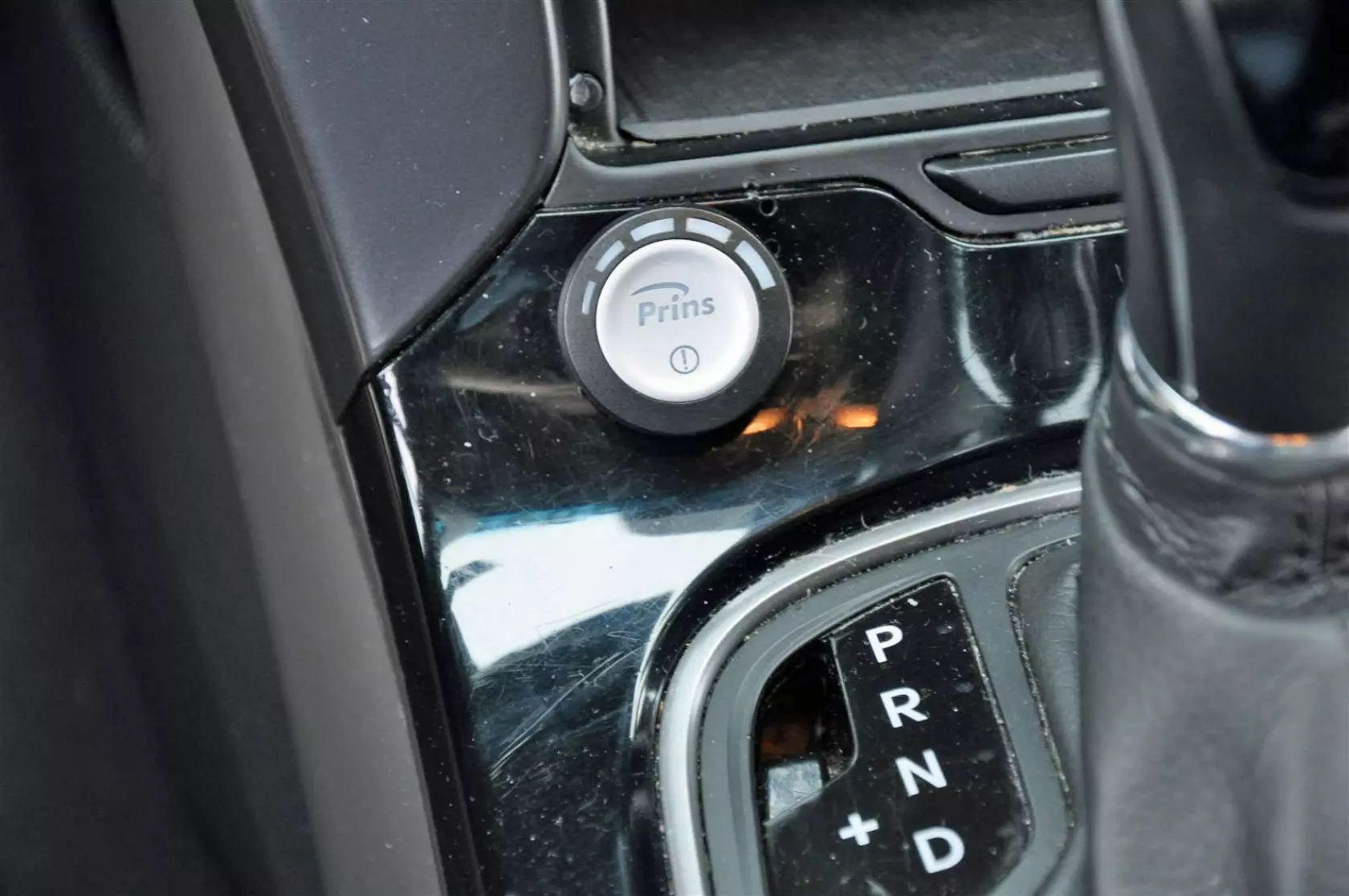 The switch's backlight can be programmed to match the dashboard
The switch's backlight can be programmed to match the dashboard 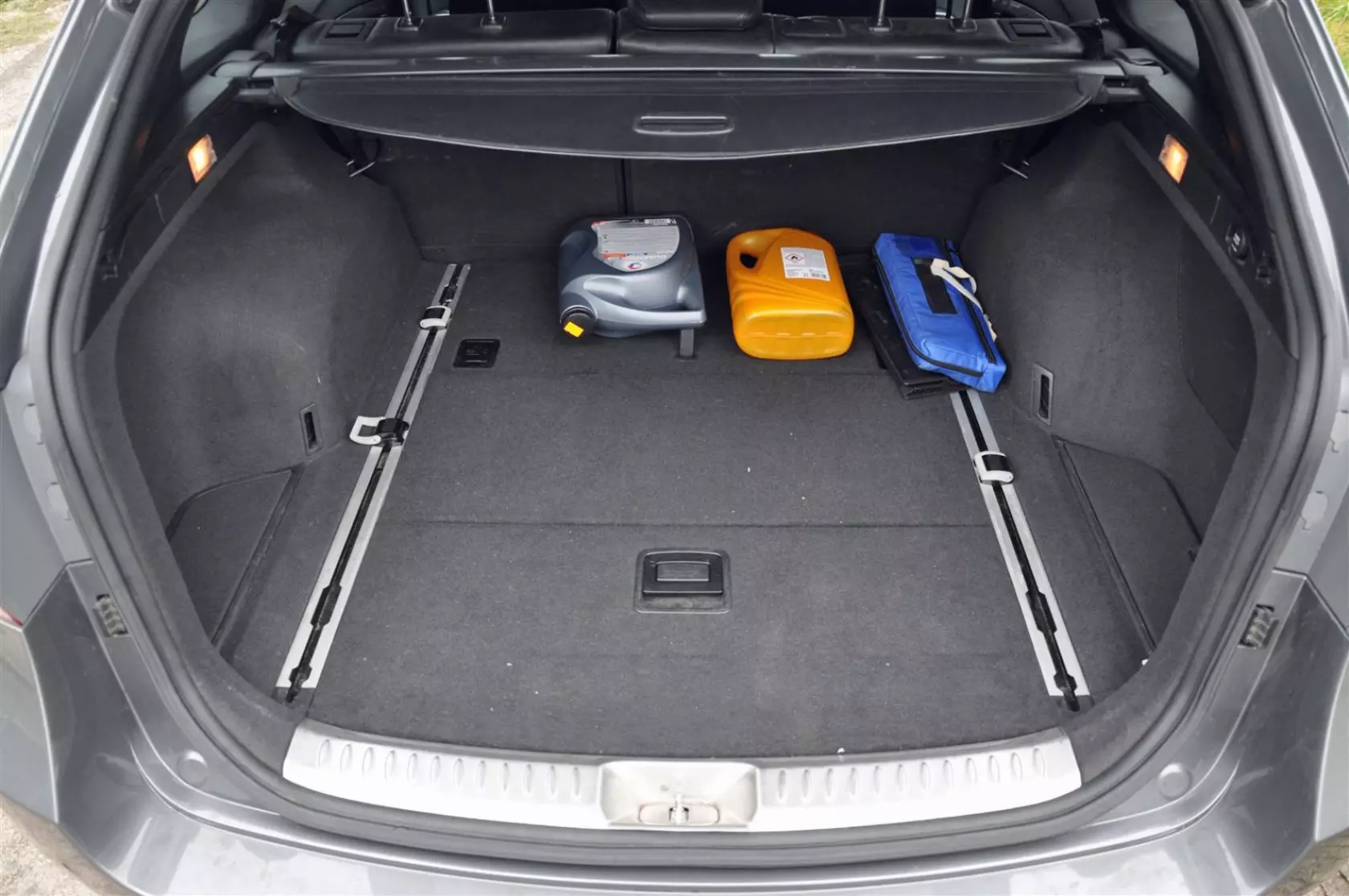 The trunk is quite as big as the Grand Canyon - you could put two spare wheels in here and still there would be plenty of space
The trunk is quite as big as the Grand Canyon - you could put two spare wheels in here and still there would be plenty of space 









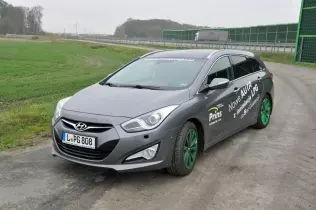 © gazeo.comIf you don't know, you wouldn't tell it has a quarter million km on the clock. No wonder why - the i40 is just 5 years old
© gazeo.comIf you don't know, you wouldn't tell it has a quarter million km on the clock. No wonder why - the i40 is just 5 years old266 thousand km in five years? You sure have to drive a lot to clock in this kind of mileage in so little time! However, this car is a tool in the hands of a commercial and technical assistant, so it's no surprise it adds to the odo so quickly. In fact, during six months between May and November, 2017 alone it covered 36 thousand km of the above figure. As for the remaining 230 thousand, it had been gathered when the car served as a mobile test and research laboratory at ERC. To those of you unfamiliar with the name, ERC is a company specialised in developing fuel additives, among them valve saver fluid for engines running on gaseous fuels. But in fact it wasn't ERC who gave us the car to review.
The Hyundai was recently purchased by the autogas system manufacturer's Polish branch – Prins Autogaz. What for? To prove an autogas system in car with over quarter a million km under its wheels may still be flawless and, perhaps even more importantly, it hasn't damaged the engine, windshield wipers, paint, upholstery or anything else for that matter. Several sets of tyres have come and gone in the meantime, but if anyone wants to blame it on autogas, please quit reading now. And quit reading gazeo.com in general. Forever. As for all the others, sit back and watch our video review to see why substantial mileages and LPG are no adversaries. Besides, after 266 thousand km there's a pile of money left that would otherwise be spent on petrol.
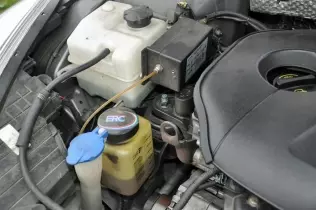 © gazeo.comThis car doesn't really need a valve saver kit, but since Hyundai requires it, the autogas system's manufacturer provides for good relations' sake
© gazeo.comThis car doesn't really need a valve saver kit, but since Hyundai requires it, the autogas system's manufacturer provides for good relations' sakeLet us also explain why there is a valve saver kit under the bonnet and how it works. First of all, a car motivated by a direct-injected engine shouldn't even need it, right? Right, because it's either converted with a system that applies vapourised LPG into the intake manifold and small doses of petrol through the original injectors or (like in this case) autogas is vapourised right at the tip of the injectors inside the combustion chambers, lowering temperature of the engine head and having no physical contact with intake valves. Still, Hyundai and Kia in Germany require valve saver kits on all LPG-converted cars sold there. And as far as the kit itself is concerned, it's quite out of the ordinary.
Since there is no fuel flowing through the intake valves, just air, a new method of applying the valve saver fluid into the cylinders had to be developed. And so it's applied into the FRU, the autogas system's module responsible for returning excess fuel back to the tank. There, in the tank, the fluid mixes with LPG and flows with it through fuel lines, high-pressure pump and petrol injectors right into the combustion chambers. This way it protects the injectors, the exhaust valves and their seats – the former by flowing through them and the latter (valves and seats) by forming a layer of protective compounds on the surface. All of this is there just in case, because Hyundai wants to be on the safe side, but as long as they want it in their LPG-powered models, they get it.
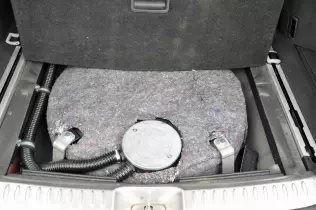 © gazeo.comIt may not look like your typical LPG tank in most cars, but it's typical for all cars with Prins systems we've driven so far
© gazeo.comIt may not look like your typical LPG tank in most cars, but it's typical for all cars with Prins systems we've driven so farSince the autogas system on the i40 has never been replaced (in part or in whole), there's a Prins Direct LiquiMax 2.0 under the bonnet. This means that the LPG pump's holding bracket on the tank is built in such a way that the tank cannot be ever emptied (this was improved in the Gen3 version). We refueled the car with autogas twice and managed to squeeze in 50 and 51 l, respectively, although we've been told by Prins Autogaz that the tank normally takes in approx. 47 l. If the driver chooses to make use of all the power at hand (or, in fact, at foot), the 2-litre GDI engine burns 15 l of LPG every 100 km, but when it does, fuel economy isn't the driver's biggest concern. Speed cameras are.
It's a known fact that the Prins DLM systems aren't exactly cheap. But they're practically maintenance-free and cars converted with them are petrol-free. Considering the fact that the i40 you see here has been using LPG since new, the system's price of 9000 zł in Poland (approx. 2140 euros at today's exchange rates) isn't that hefty at the end of the day, because after 266 thousand km savings from replacing petrol with autogas amount to what would suffice to buy a well-equipped Hyundai i20 or an entry-level i30. If that doesn't give you a picture how much it pays to have an LPG-powered car, we don't know what will.
Zobacz stronę producenta:
PrinsYou may also find these interesting:
 loading results...
loading results...
